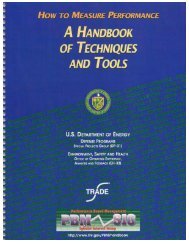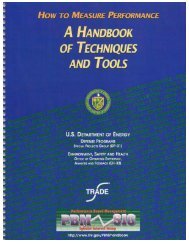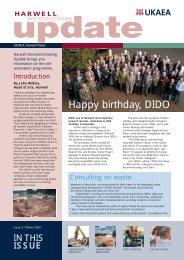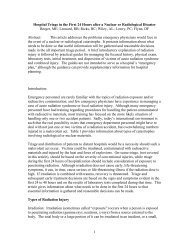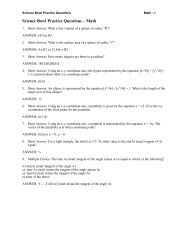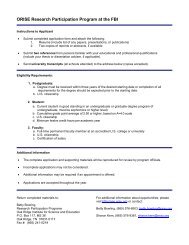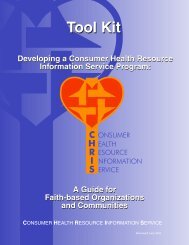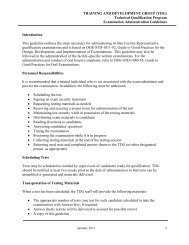Internal and external factors that encourage or discourage
Internal and external factors that encourage or discourage
Internal and external factors that encourage or discourage
Create successful ePaper yourself
Turn your PDF publications into a flip-book with our unique Google optimized e-Paper software.
"Risk reduction requires <strong>that</strong> individuals possess the skills necessary to engage in lower risk<br />
sexual <strong>and</strong> drug injection practices, <strong>and</strong> the social skills to negotiate their use with partners." (Coates,<br />
1988 [6])<br />
"The necessary skills (are required f<strong>or</strong> the individual) to take action. The ability to engage a<br />
sexual partner in behavi<strong>or</strong>s which do not permit the transmission of sexually transmitted diseases depends<br />
upon the ability to communicate verbally about sexual issues <strong>and</strong> desires. Sexual communication abilities<br />
are essential in reaching success in changing sexual behavi<strong>or</strong>s <strong>and</strong> can be taught." (Coates, 1988 [6])<br />
"The ability to make appraisals <strong>and</strong> translate them into strategies is a function of health-relevant<br />
procedural <strong>and</strong> factual knowledge (generative capabilities), as well as the interpersonal skills possessed<br />
by oneself <strong>and</strong> by others with whom one's action scripts are interlinked (social interaction component)."<br />
(Ewart, 1991 [11])<br />
"It appears <strong>that</strong> problem-solving activities constitute the fulcrum of the habit-change process."<br />
(Ewart, 1991 [11])<br />
"As enablers of motivation <strong>and</strong> problem-solving, generative capabilities constitute imp<strong>or</strong>tant<br />
mechanisms by which social <strong>and</strong> physical environments affect self-regulat<strong>or</strong>y acts." (Ewart, 1991 [11])<br />
"Contemp<strong>or</strong>ary research...demonstrates <strong>that</strong> self-control is facilitated by skill in cognitively<br />
transf<strong>or</strong>ming distressing thoughts <strong>and</strong> aversive stimuli." (Ewart, 1991 [11])<br />
"Prevention entails creating self-protective habits in the f<strong>or</strong>m of highly routinized <strong>and</strong> 'automatic'<br />
action sequences <strong>that</strong> lower personal risk." (Ewart, 1991 [11])<br />
"The ability to generate effective strategies f<strong>or</strong> h<strong>and</strong>ling day-to-day problems is related to social<br />
<strong>and</strong> emotional adjustment." (Ewart, 1991 [11])<br />
"Providing people with skills to negotiate <strong>or</strong> resist peer pressure, to delay gratification, to avoid<br />
compromising situations will influence the fulfillment of the (behavi<strong>or</strong>al) intentions." (O'Keeffe, 1990<br />
[16])<br />
"Positive assertive communication skills between partners are a prerequisite <strong>and</strong> contribute<br />
initially to facilitating behavi<strong>or</strong> changes." (Rugg, 1990 [19])<br />
"Successful risk reduction will require individuals to learn social <strong>and</strong> behavi<strong>or</strong>al skills which are<br />
a prerequisite to perf<strong>or</strong>ming safer behavi<strong>or</strong>s... These assertive skills need to be taught, practiced, <strong>and</strong><br />
reinf<strong>or</strong>ced." (Rugg, 1990 [19])<br />
11



